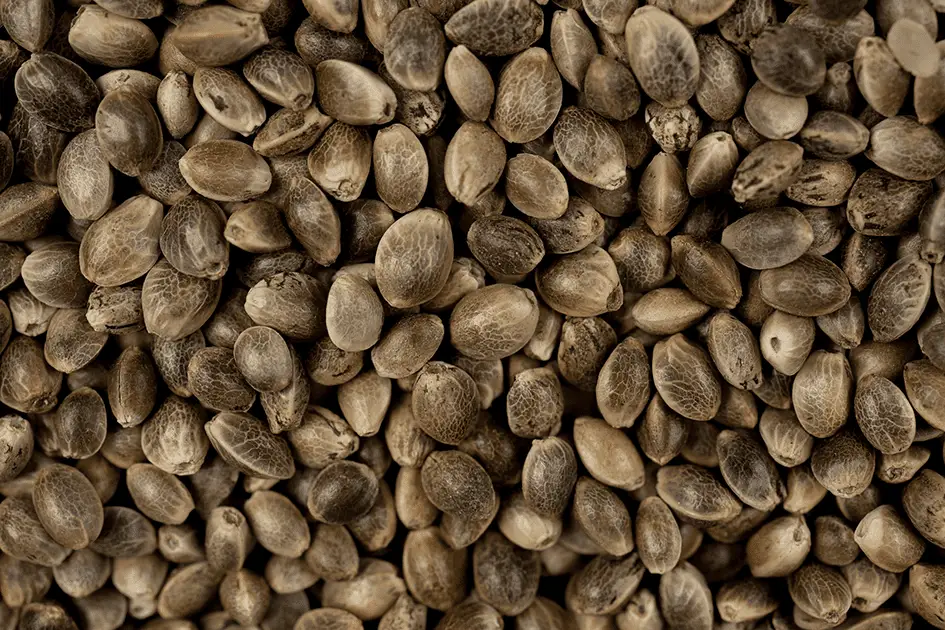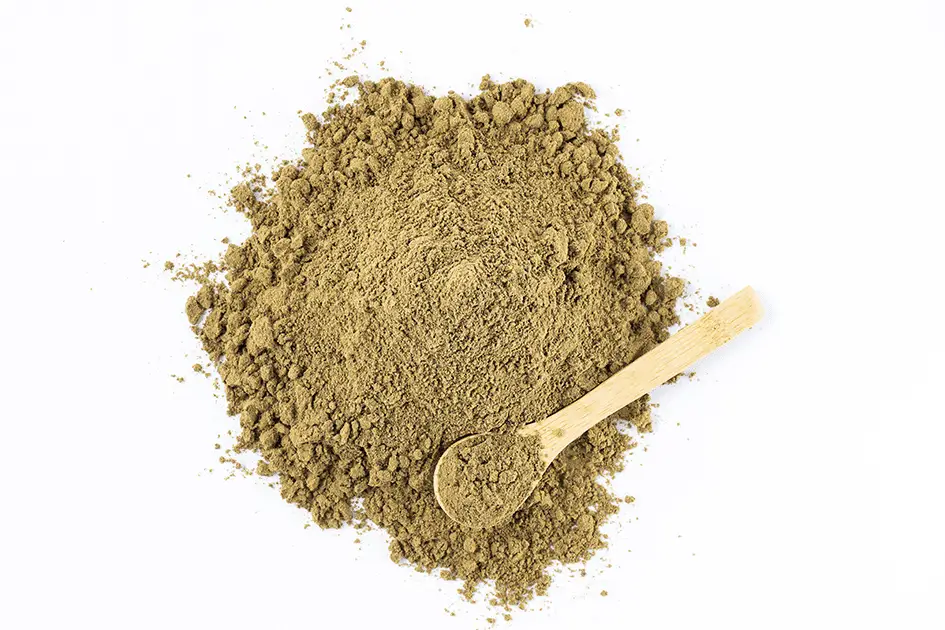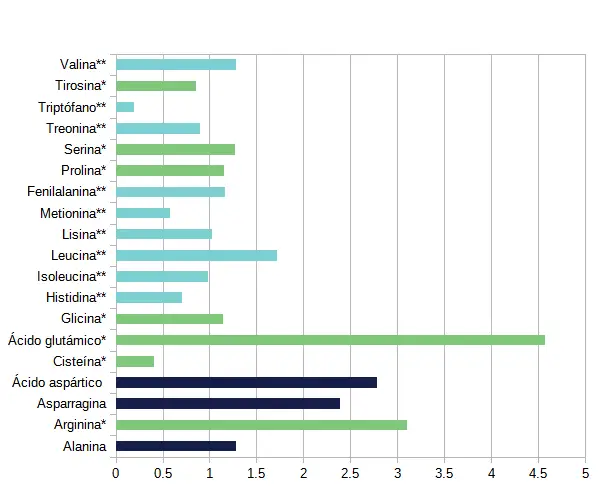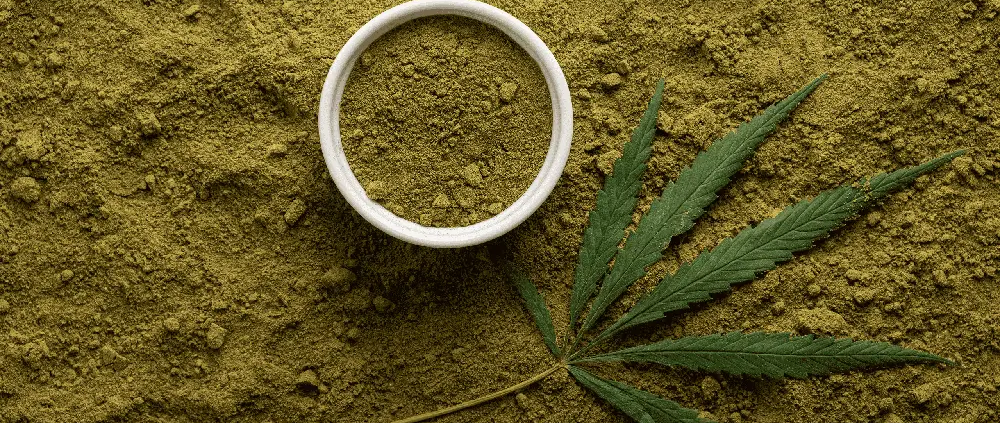Protein profile of hempseeds
Hempseeds have naturally a high content of proteins, which transform them into a very interesting vegetal protein source. But apart from it, their protein composition is very complete.

Proteins are formed, at a molecular level, by different aminoacids, which are the basic units needed for their synthesis. In an analogical way, if proteins were a wall, aminoacids would be the bricks. Human beings have a total of 21 aminoacids in their proteins. But only 9 of them are essential. These essential aminoacids must obligatorily be ingested in the diet, because human beings are not capable of synthesize them; however, by ingesting only those essential 9 aminoacids, human beings would be capable of synthesize the total 21 aminoacids that they need (FAO, 2002).
The 9 essential aminoacids are: histidine, isoleucine, leucine, lysine, methionine, phenylalanine, threonine, tryptophan, and valine.
For most of the physiological conditions in a healthy adult, the previously mentioned nine aminoacids are the only essential ones. However, some aminoacids can be considered conditionally essential because the body cannot synthesize them in sufficient numbers during certain physiological periods of growth, including pregnancy, teenage growth, or recovering from a trauma.
Specifically, those conditional aminoacids are: arginine, cysteine, glutamine, tyrosine, glycine, ornithine, proline, and serine.
Aminoacids, apart from being basic components of tissue protein, are essential substrates for the synthesis of many substances of low molecular weight (i.e., nitric oxide, polyamines, glutathione, creatine, carnitine, carnosine, thyroid hormones, serotonin, melanin, melatonin, and heme) with great physiological importance (Wu, 2013).
Each time, it is more acknowledge that apart from their role as protein and polypeptide building blocks, some aminoacids regulate key metabolic pathways which are necessary for maintenance, growth, reproduction, and immunity. They are known as functional aminoacids, and include: arginine, cysteine, glutamine, leucine, proline, and tryptophan.

Protein from hempseeds has the nine essential aminoacids required by human beings (Figure 1). Hempseed aminoacid profile is characterized by high levels of arginine and glutamic acid. Arginine is considered as a conditional and functional amino acid. In general we could say that the aminoacid composition of hempseeds is very complete.

Figure 1. Amino acid percentage in the whole seed. Essential aminoacids are highlitghed in turquois (**) and the conditionals in light green (*). The data has been taken from Leonard et al. 2020 and Leson, 2005.
Table 1 shows the percentage of the daily recommended quantity of essential aminoacids which one portion of hempseeds would contribute with.
Table 1. Percentage of the Reference Daily Intake (RDI) for essential aminoacids that is contributed by the hempseeds.
References:
Joint FAO/WHO/UNU Expert Consultation on Protein and Amino Acid Requirements in Human Nutrition
(2002 : Geneva, Switzerland). Protein and amino acid requirements in human nutrition : report of a joint
FAO/WHO/UNU expert consultation. WHO Library Cataloguing-in-Publication Data. WHO technical report series ; no. 935. ISBN 92 4 120935 6 (NLM classification: QU 145). ISSN 0512-3054.
Leonard W, Zhang P, Ying D, Fang Z. Hempseed in food industry: Nutritional value, health benefits, and industrial applications. Compr Rev Food Sci Food Saf. 2020 Jan;19(1):282-308. doi: 10.1111/1541-4337.12517. Epub 2019 Dec 19. PMID: 33319519.
Leson, Gero. 2005. Hemp Seeds for Nutrition. Article from the European Industrial Hemp Association (EIHA) webpage. https://eiha.org/media/attach/83/hemp_seeds_for_nutrition.pdf
Wu, G. Functional amino acids in nutrition and health. Amino Acids 45, 407–411 (2013). https://doi.org/10.1007/s00726-013-1500-6




